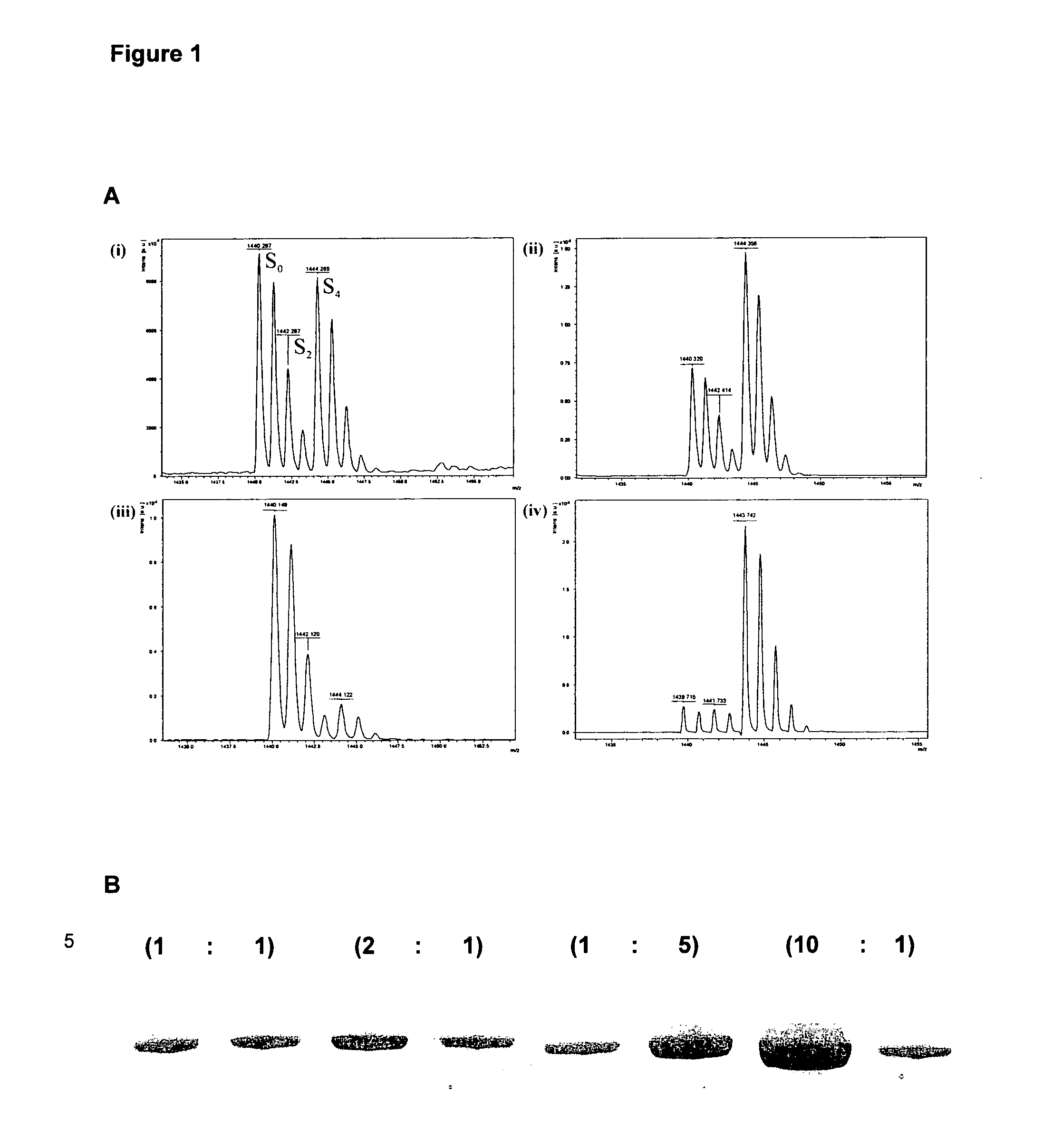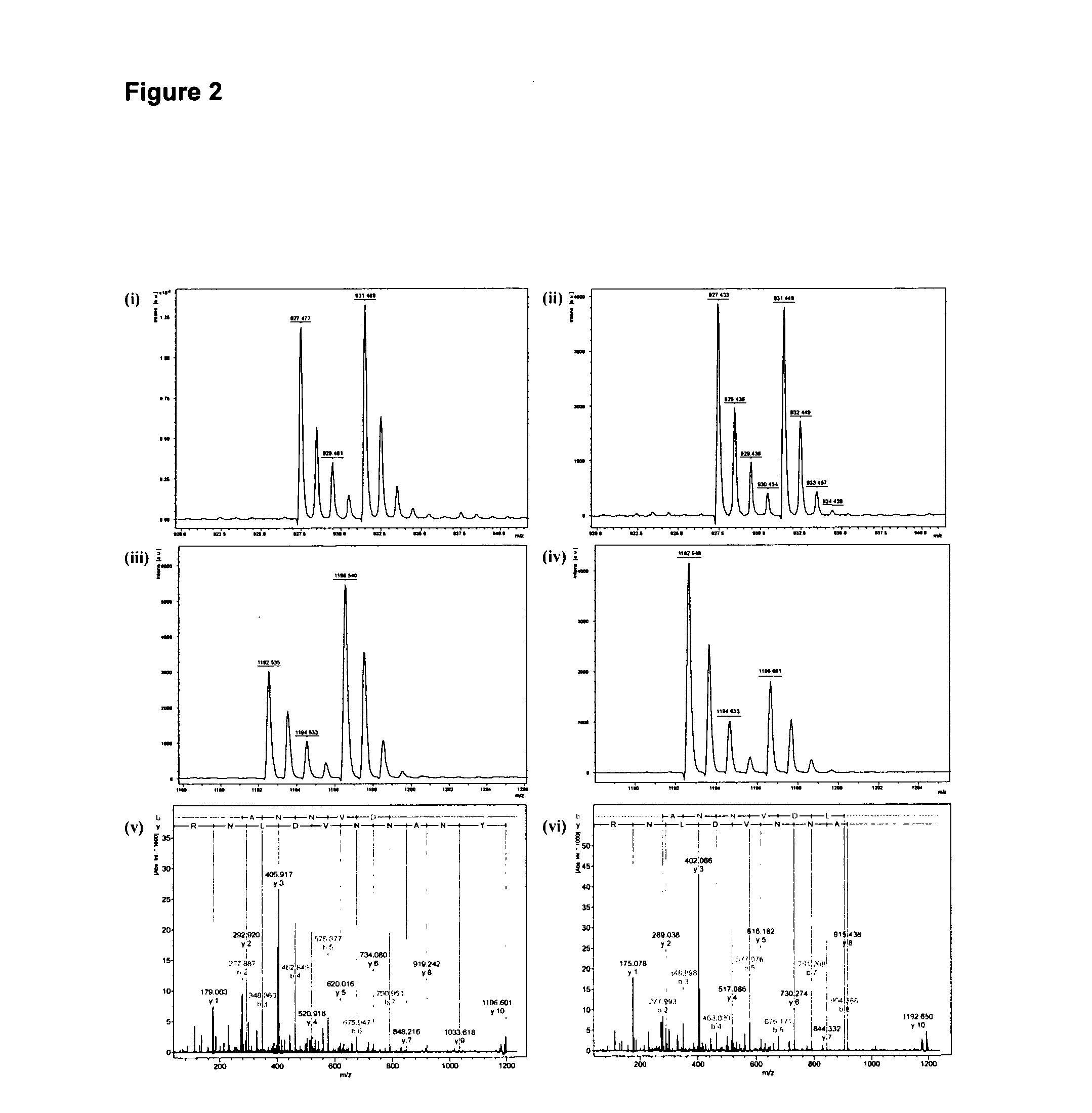Immunology Treatment for Biofilms
a biofilm and immunology technology, applied in the field of immunology treatment of biofilms, can solve the problems of biofilms often complicating the treatment of chronic infections, reducing antibiotic efficacy, and dispersing planktonic cells
- Summary
- Abstract
- Description
- Claims
- Application Information
AI Technical Summary
Benefits of technology
Problems solved by technology
Method used
Image
Examples
Embodiment Construction
[0034]The invention provides method for treating a subject including prophylactic treatment for periodontal disease. Periodontal diseases range from simple gum inflammation to serious disease that results in major damage to the soft tissue and bone that support the teeth. Periodontal disease includes gingivitis and periodontitis. An accumulation of oral bacteria at the gingival margin causes inflammation of the gums that is called ‘gingivitis.’ In gingivitis, the gums become red, swollen and can bleed easily. When gingivitis is not treated, it can advance to ‘periodontitis’ (which means ‘inflammation around the tooth.’). In periodontitis, gums pull away from the teeth and form ‘pockets’ that are infected. Periodontitis has a specific bacterial aetiology with P. gingivalis regarded as the major aetiological agent The body's immune system fights the bacteria as the plaque spreads and grows below the gum line. If not treated, the bones, gums, and connective tissue that support the teet...
PUM
| Property | Measurement | Unit |
|---|---|---|
| mass difference | aaaaa | aaaaa |
| dissociation constant | aaaaa | aaaaa |
| dissociation constant | aaaaa | aaaaa |
Abstract
Description
Claims
Application Information
 Login to View More
Login to View More - R&D
- Intellectual Property
- Life Sciences
- Materials
- Tech Scout
- Unparalleled Data Quality
- Higher Quality Content
- 60% Fewer Hallucinations
Browse by: Latest US Patents, China's latest patents, Technical Efficacy Thesaurus, Application Domain, Technology Topic, Popular Technical Reports.
© 2025 PatSnap. All rights reserved.Legal|Privacy policy|Modern Slavery Act Transparency Statement|Sitemap|About US| Contact US: help@patsnap.com



